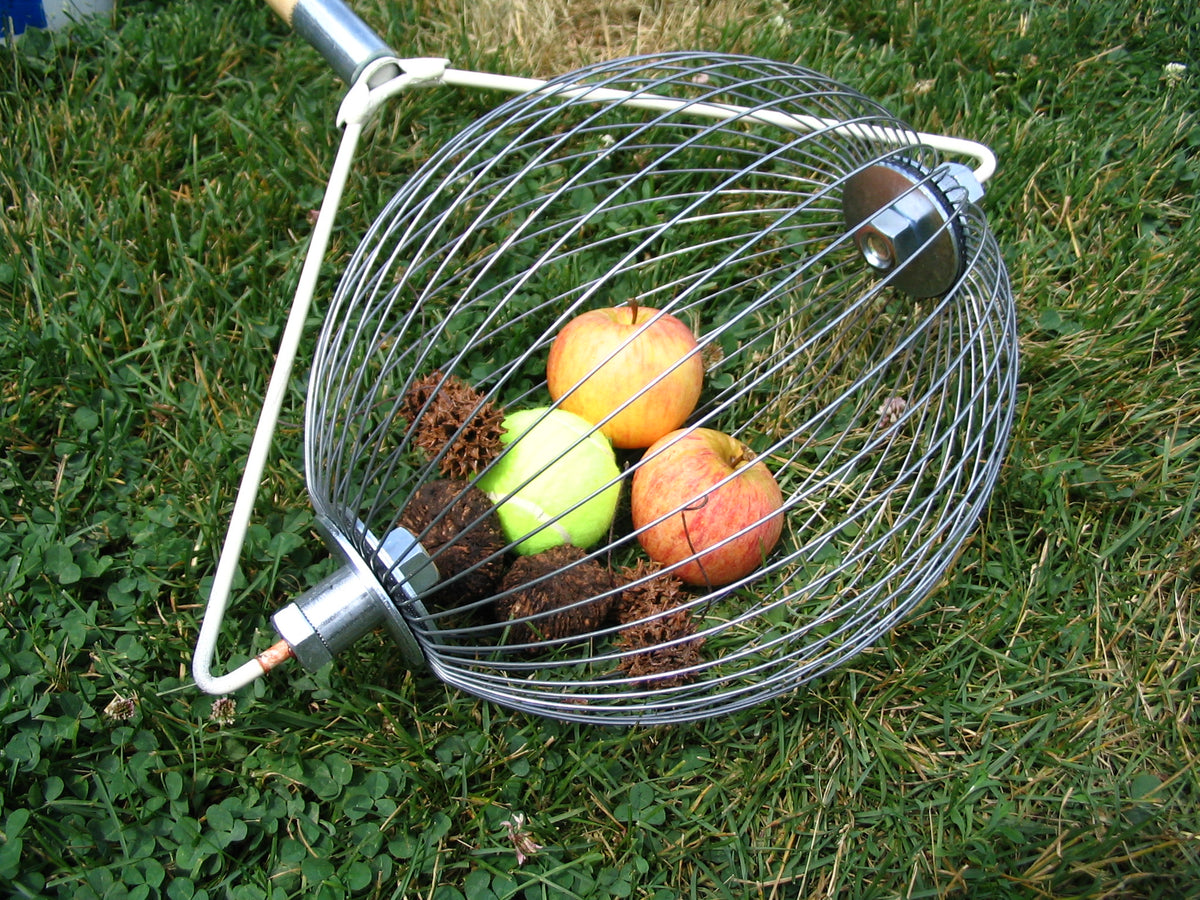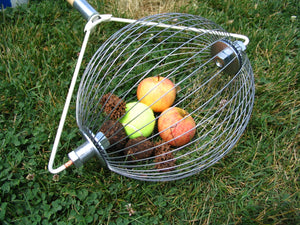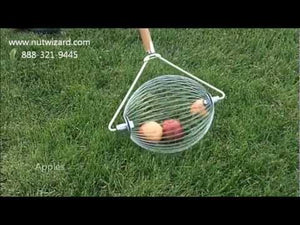The Great Apple Harvest: U.S. Edition
On average, US consumers eat 45.2 pounds of fresh apples and processed apple products per year! 61% of that is fresh fruit from any of the thousands of beautiful orchards that cover the countryside.Considering that fact, it’s not hard to guess apples are one of the easiest fruit to pick and use. They’re also very sturdy and store well for use beyond their peak season.
Note: The northern hemisphere’s apple season is typically from as early as July to as late as November. The peak apple season is September and October.
Fun fact for those of you who enjoy eating apples year-round: Most varieties keep for up to 6 months in storage warehouses that maintain proper temperature and humidity. This maintains demand for supplies until the southern hemisphere is in season. So, from March to July, fresh apples in US grocery stores usually come from the way, way south, mostly Chile and New Zealand.
U.S. Apple Varieties
Approximately 2,500 varieties of apples are grown here. Varieties change over time. As consumer tastes shift, apple growers adapt.
The typical method by which a grower adds a new variety is by trimming the already-present-and-mature trees down to a main trunk and several large branches. Then they graft growing tips of the new variety into those remaining branches. This way, the new variety will grow within 2 years to meet consumer demand.
Top ten apple varieties currently grown in US:
1. Red Delicious
2. Gala
3. Golden Delicious
4. Fuji
5. Granny Smith
6. McIntosh
7. Honeycrisp
8. Rome
9. Empire
10. Cripps Pink
Alphabetical Listing of most common US apple varieties: Ambrosia, Ashmead Kernal, Arkansas Black, Baldwin, Blushing Golden, Braeburn, Cameo, Cortland, Cox’s Orange Pippin, Crispin, Empire, Enterprise, Fuji, Gala, Ginger Gold, Golden Delicious, Grimes Golden, Granny Smith, Gravenstein, Hokuto, Honeycrisp, Jazz, Jonathan, Jonalicious, Jonamac, Jonagold, Jubilee, Keepsake, Liberty, Macoun, McIntosh, Melrose, Mutsu, Northern Spy, Paula Red, Pink Lady, Red Delicious, Rome, Shizuka, Spartan, Stayman, Suncrisp, Sundance, SweeTango, Winesapp, Yates, YorkYork
U-Pick Apple Orchards
Apple-picking is a great way to support local orchards, gather your very own fresh fruit and have a fun adventure outside with friends, family or friendly strangers!
Here’s a link to the Index of pick-your-own farms across the U.S.:
https://pickyourown.org/index.htm#states
For reference, a bushel weighs between 42 and 48 lbs. on average.
Another fun fact: Apples harvested from an average tree can be up to 20 bushels.
Apple-picking Tips:
- Most modern apple orchards have trees that are very close to the ground, so it’s easy for kids to get involved!
- Select firm, bruise-free apples (colors vary)
- When in doubt, always ask the farmer which are ripe (calculated from the number of days since the tree flowered)
- Apples ripen starting from the outside towards the center of the tree
- Once they are picked, apples stop ripening
- To pick directly from the tree, roll the apple upwards off the branch and give a little twist; don’t pull straight away from the tree
- Don’t shake the trees or branches
- Try to leave the stems on the apples – they store longer this way!
- Keep apples cool or in a shaded, temperate place after picking
- Don’t wash apples until just before using to prevent spoiling
Interested in selling apples from your own orchard?
Here are some options to think about:
Deal directly with restaurants, retirement communities, caterers, neighbors, etc.
You are your own best advocate! By approaching local restaurants or people in your community directly, you demonstrate confidence in your product and desire to share it with others. This is the only marketing you’ll have to do.
Dedicated farm-to-table restaurants would be a great start. Also, most retirement communities don’t have farmer’s markets available to them, so you could really make a name for yourself there!
Sell through farmers markets or roadside stands
Yes, this would require more overhead than direct sales since you usually have to pay to participate in farmers markets (either a flat fee or percent of sales for booth space) or have to apply for zoning for roadside sales.
However, farmers markets are seriously popular nowadays, so you have guaranteed weekly flow of people interested in supporting you and your farming efforts. And again, it allows you to market directly with the consumer and put a face on who is growing the apples.
Here’s a link to the national farmers market directory: https://www.ams.usda.gov/local-food-directories/farmersmarkets
Create your own CSA (Community Supported Agriculture)
CSA’s are normally done on a large scale, but that doesn’t mean you can’t start one for your apples. Survey friends and neighbors who might be interested to know there could be fresh, firm apples available for pick-up or delivery every Thursday (for instance) from mid-August to early November. If there are enough interested parties, then give it a go! At the beginning, you could start selling on an as-available basis then after you gain traction and develop regular clientele, you can collect money on a monthly basis.
Resources
“2017 U.S. Apple Crop Facts.” Pick Your Own, 2017. https://pickyourown.org/USapplecrop.htm
“How can I start selling my homegrown produce?” mother nature network, 18 June 2009. https://www.mnn.com/your-home/at-home/questions/how-can-i-start-selling-my-homegrown-produce
Written by Zoë Fox Waltz.









